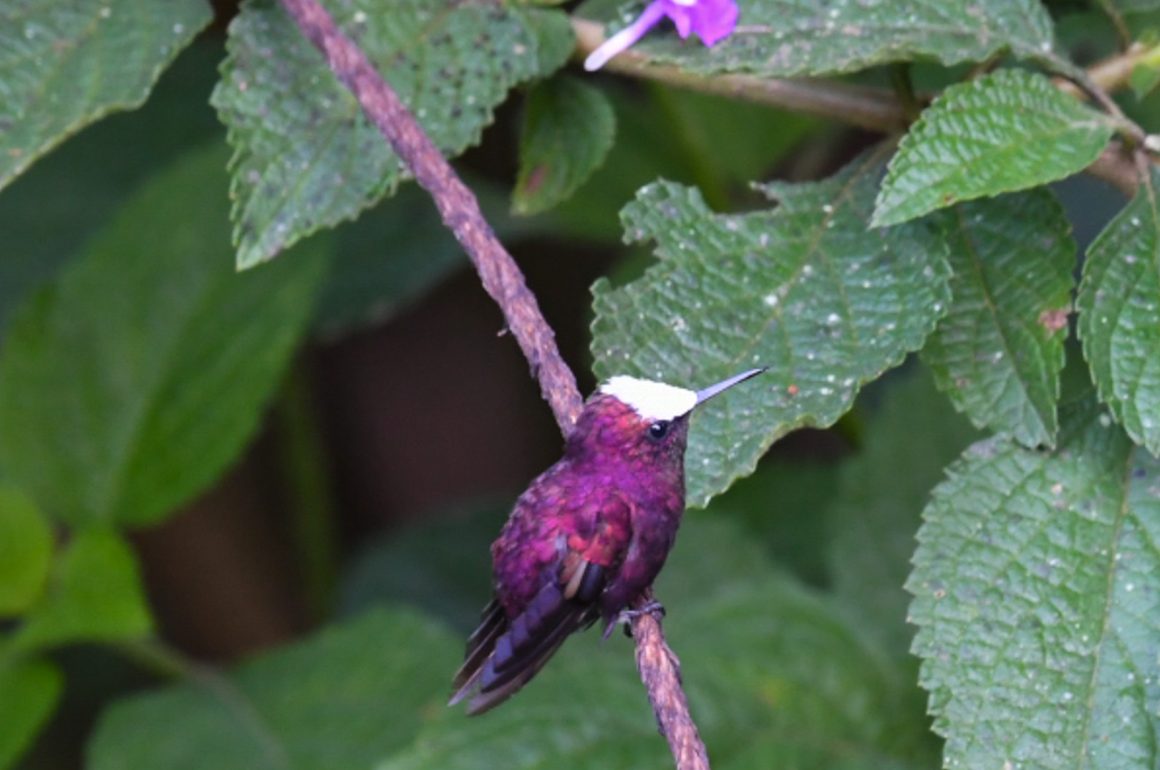
As many birders, nature lovers, and avid travelers know, Costa Rica has much to offer. It has something for everyone. Tasty food, incredible birding, hot springs, beaches, historic sites – Costa Rica does not miss a beat when it comes to a good vacation. It is even a retirement haven in Central America for those who want to enjoy the pura vida lifestyle. The only problem with Costa Rica is that there are too many things to see and do in just one trip.
I had been to Costa Rica two times before: once on a cruise stop at Limon – which ended up being a wasted day other than seeing a sloth for the first time in the wild; the other was as a chaperone for a group of high school Spanish students – also mostly a wasted trip while playing nanny. So, when my co-organizer mentioned a scouting trip to Costa Rica for next year’s International Conference for Women Birders (IC4WB), I quickly arranged our travel and planned for five sleepless days in paradise.
My husband, Erik, and I arrived at San Jose after a red-eye flight at 10:00 am and hit the ground running with a trip to Café Cristina, a family-owned and -operated coffee farm focused on conservation. Ernesto, whose parents own the finca (estate), took us on a tour about the coffee growing process and what farmers can do to encourage diversity and wildlife. Fortunately for him, the coffee-growing life allows him ample time to pursue bird conservation activities, including the installation of a MOTUS station, bird banding, Cerulean Warbler research, and much more. The efforts at this site to balance coffee production and wildlife diversity have garnered the small farm over 350 bird species, 250 butterflies, and much more. We heard White-tipped Doves coo-ing on the forest floor, a Common Tody-Flycatcher hopping around the trees gleaning insects, a Mistletoe Tyrannulet calling Gray-crowned Yellowthroats in the distance, and much more as we sipped fresh coffee and the rain pitter-pattered outside.
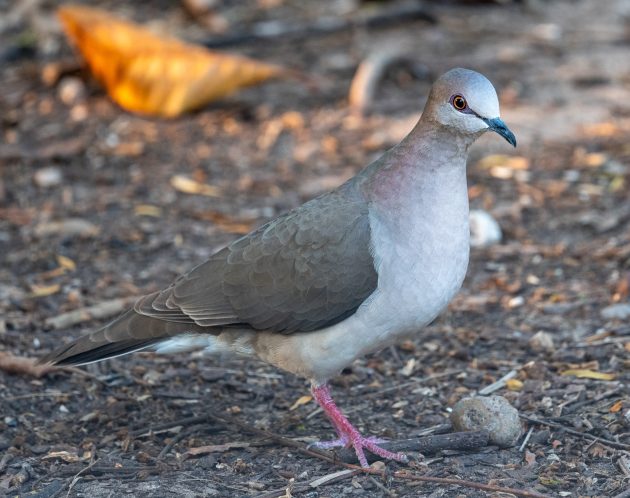
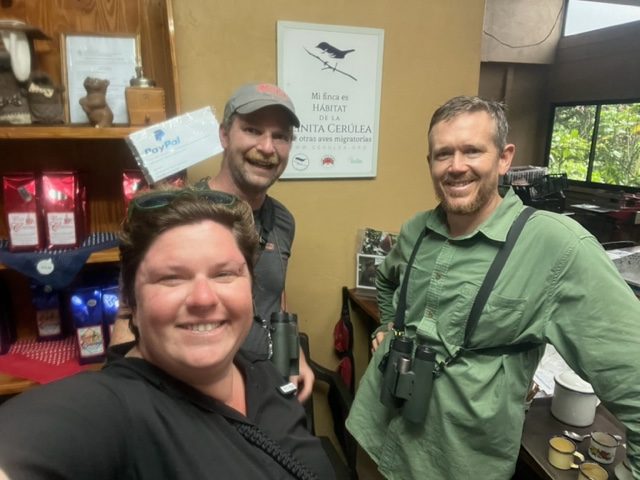
That night, we stayed at the illustrious Hotel Bougainvillea just outside San Jose, unique because of the ten acres of gardens behind the hotel. The Great Kiskadees and White-fronted Parrots sounded the alarm at 6:00 am, and I was surprised to see the sun already up and that we were wasting daylight. We quickly grabbed our gear and headed to the garden. At the entrance, we were greeted by a Lesson’s Motmot, a Rufous-collared Sparrow, and a White-tipped Dove. We aimed to search for a Cabanis’s Wren, which would be a quick lifer. It is always fun to refamiliarize yourself with cherished species after time away, I probably spent too much time appreciating one of my favorite common birds: Blue-gray Tanager.
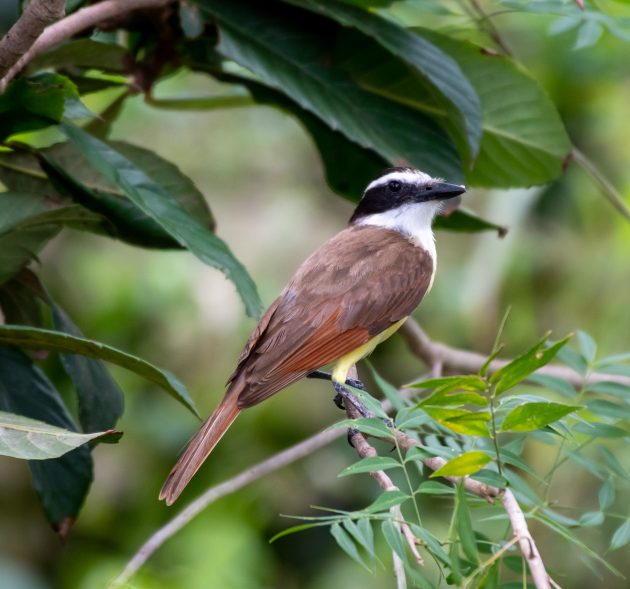
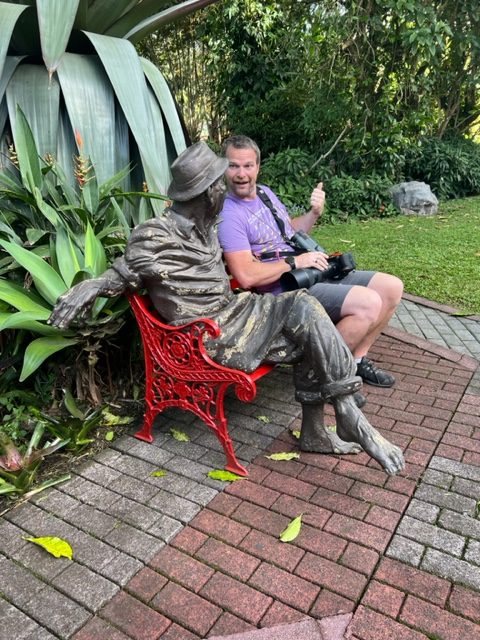
After exhausting the gardens and having a bite to eat, it was time for our meeting to discuss the IC4WB with the Jacanas, a supportive group of women birders in Costa Rica. More to come about this soon!
For the following days, we stayed at Rancho Naturalista, a forested ecolodge a few hours east of San Jose. This is a favorite lodge among birders, for it is a 160-acre nature preserve boasting 450 species, world-class dining, comfortable accommodations, and wonderful hosts. We were given a spacious room set away from the main lodge deep in the forest – the bathroom even had its own orchid garden! But the real treat was the birds, so we dropped off our bags and got to birding. The feeders off the dining area were busy with White-necked Jacobins, Green Hermit, Montezuma Oropendula, and Green-breasted Mango. Dusky-capped Flycatchers and White-breasted Wood-Wrens call filled the area with the constant hum of cicadas. We were even treated to an appearance from the showstopper, a Snowcap.
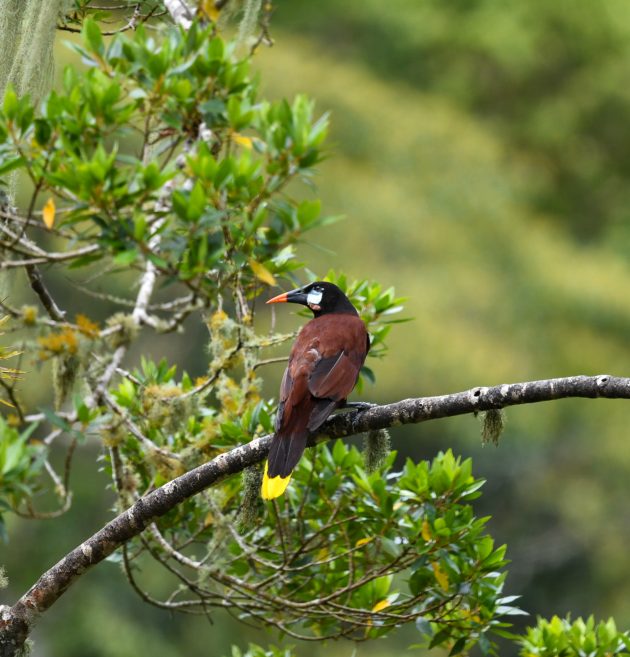
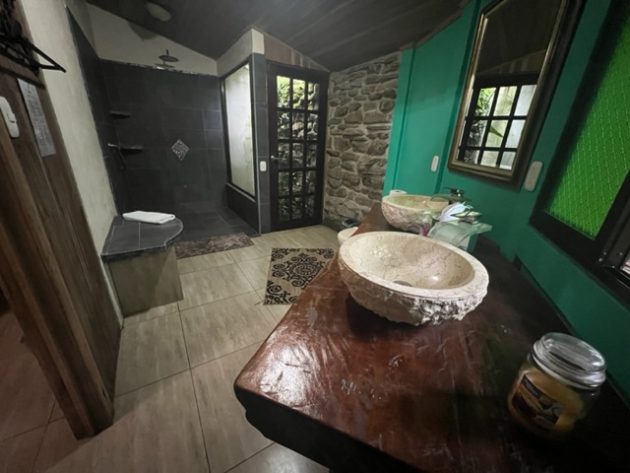
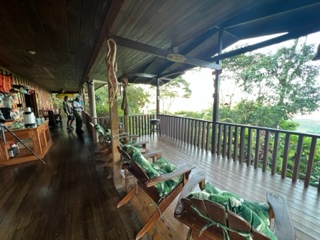
The next few days were spent the way birders call “vacation” – up around dawn, birding here and there, breaks for meals, and an early bedtime to do it all over again. We explored the trails at Rancho Naturalista with one of their guides, Harry, who asked that I describe him as eccentric; I would also add that he is a highly talented birder and an entertaining guide who made it an enjoyable trip. Lisa, the lodge owner, showed us other sites in the area, like a nesting Sunbittern on the river, a nearby lake for Snail Kites, Kingfishers, and other waterbirds, and Hotel Quelitales.
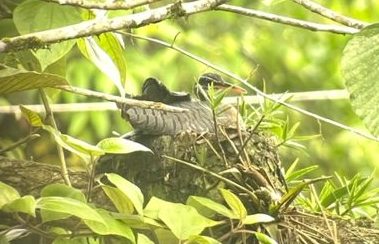
This lodge is west of Rancho Naturalista, closer to Cartago and Tapanti National Park. I did not see any of the rooms as it was rather busy that day, but the grounds are gorgeous, with many trails and private cabins. The lodge is just below a ridgeline, which is excellent for hawk watching. From the main lodge, you can walk up the entrance road to a waterfall, which usually has a Green-fronted Lancebill nearby. This is also where the butterfly gardens and feeding station is equipped with chairs and restroom. Right off the bat, we had Lesser Violetear, White-bellied Mountain-gem, Black-bellied Hummingbird, and nine other hummingbird species coming into the flowers and feeders. Going up the vegetated hill, flocks of tanagers and a Red-headed Barbet were working the trees. When you thought a lull in activity was setting in, a new flock would be spotted or hummingbird searching for nectar. At noon, we pulled ourselves away for lunch prepared by lodge owner AND renowned gourmet chef Jose – this is a good spot for foodie-birders!
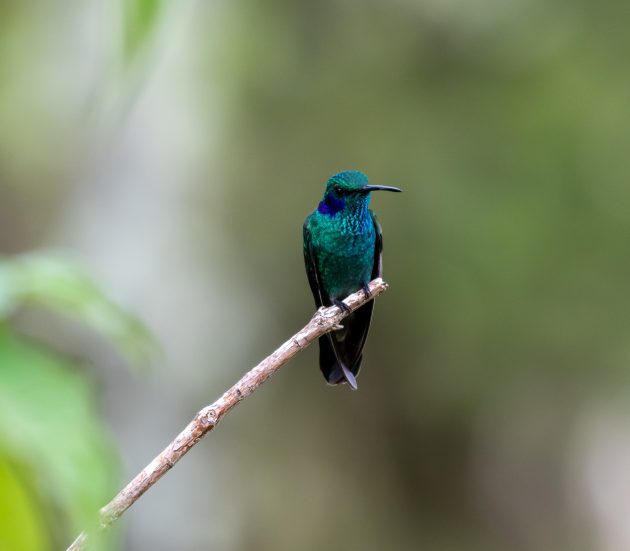
After lunch, we said goodbye to the rest of our travel partners as we headed west toward San Jose and then back to Rancho Naturalista. It is evident that you can spend your whole life exploring Costa Rica and still have something new to see and discover. In just three days, we barely scratched the surface of this area, and there are many more places to visit. But it was nice to get away from our busy, tourist-filled home and into the quiet and solitude of a tropical bird-filled forest for a few days. We will definitely be back for more!
If you want to read more about Rancho Naturalista, Dragan Simic has several great posts about it: Rancho Naturalista Lodge, Costa Rica, or When Harry Met Mercedes; Rancho Naturalista Lodge, Costa Rica, or in the Land of Coffee and Chocolate













I concur and dream of returning.